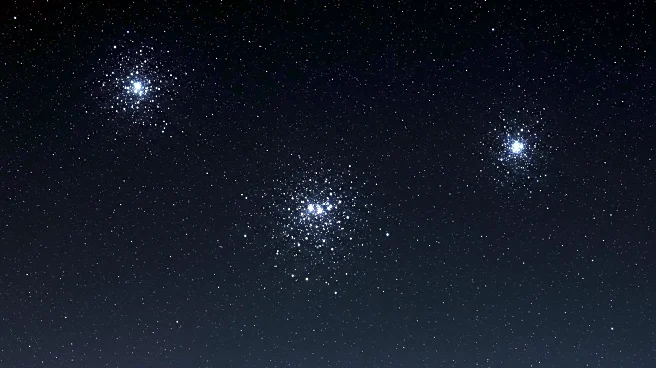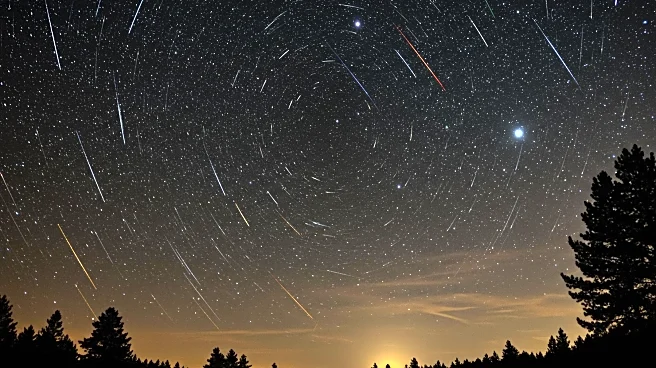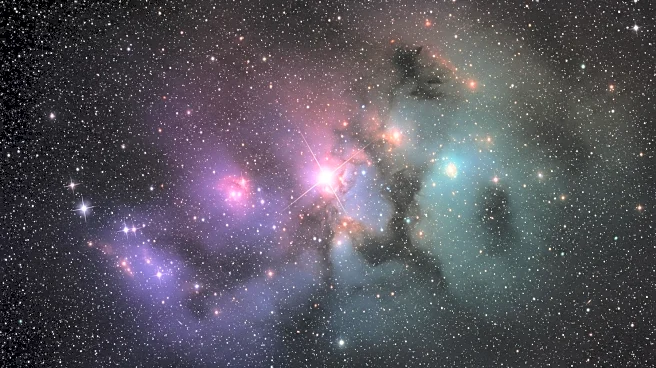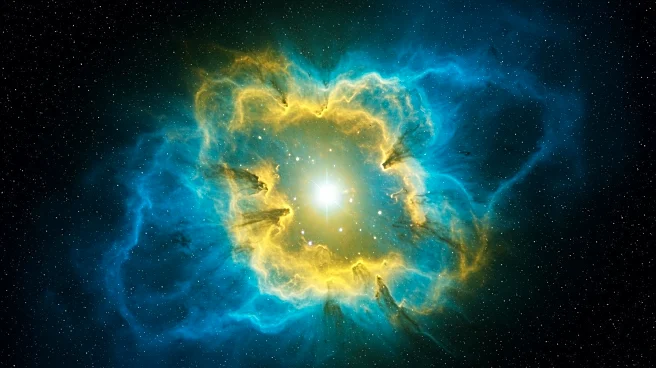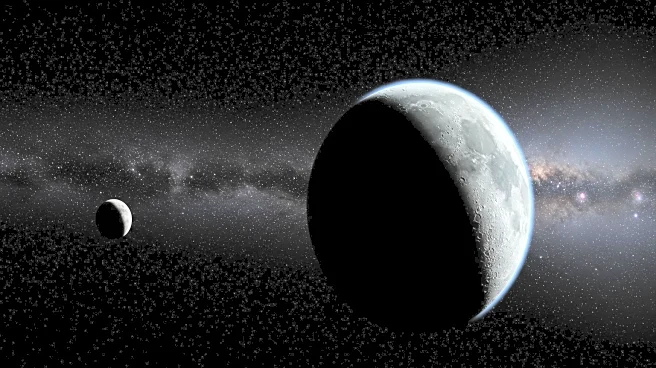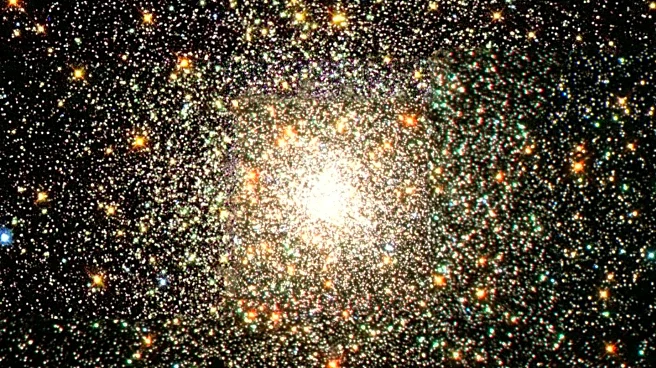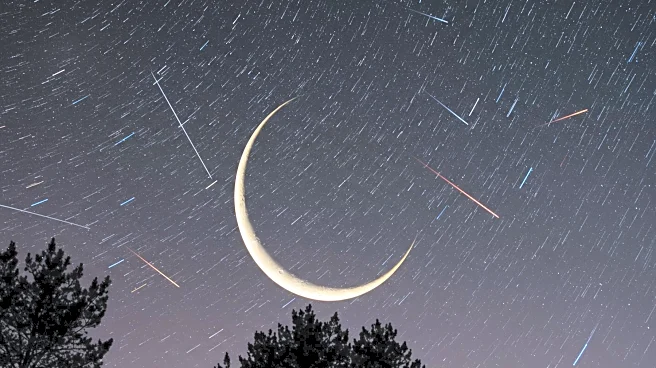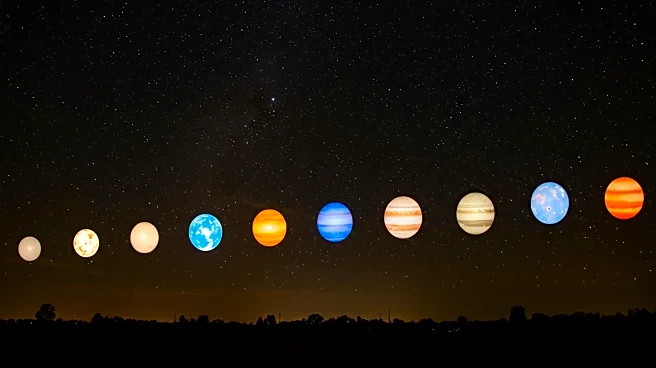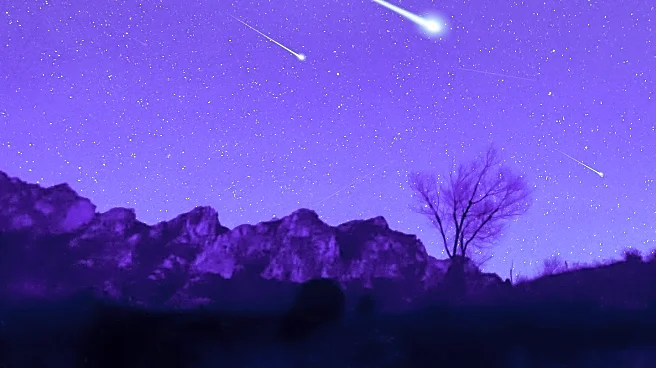What's Happening?
In August 2025, skywatchers in the northern hemisphere will have the opportunity to observe three spectacular star clusters. These clusters, which are gravitationally bound groups of stars formed from the same interstellar cloud, include both open and globular clusters. Open star clusters are typically found in the dense spiral arms of the Milky Way, while globular clusters are located in the galactic halo. The Milky Way hosts approximately 150 globular clusters and over 1,000 open star clusters. Among the clusters visible this month are the Great Hercules Cluster, the Hyades, and the Pleiades. The Great Hercules Cluster, also known as Messier 13, is located 25,000 light-years from Earth in the constellation Hercules. The Hyades cluster is visible in the constellation Taurus, and the Pleiades, known for its seven brightest stars, can be seen above the Hyades in the early morning sky.
Why It's Important?
The visibility of these star clusters offers a unique opportunity for amateur astronomers and enthusiasts to engage with the night sky. Observing such celestial phenomena can enhance public interest in astronomy and science, potentially inspiring educational pursuits and careers in these fields. Additionally, the event underscores the importance of preserving dark sky locations, which are essential for astronomical observations. The clusters' visibility also highlights the ongoing contributions of space agencies and astronomers in mapping and understanding the universe, fostering a greater appreciation for the cosmos and its complexities.
What's Next?
As the star clusters become visible, skywatchers are encouraged to use binoculars or telescopes to enhance their viewing experience. Astronomy apps can assist in locating these clusters, providing a guided experience for observers. The event may lead to increased interest in purchasing astronomical equipment, such as telescopes and binoculars, as enthusiasts seek to capture the beauty of the night sky. Additionally, educational institutions and astronomy clubs may organize events or workshops to facilitate public engagement and learning about these celestial phenomena.
Beyond the Headlines
The visibility of these star clusters may also prompt discussions on light pollution and its impact on astronomical observations. Efforts to reduce light pollution can benefit both professional and amateur astronomers, allowing for clearer views of the night sky. Furthermore, the event may inspire cultural and artistic expressions, as the beauty of the cosmos often influences creative works. The clusters' visibility serves as a reminder of the vastness of the universe and humanity's place within it, encouraging philosophical and existential reflections.
